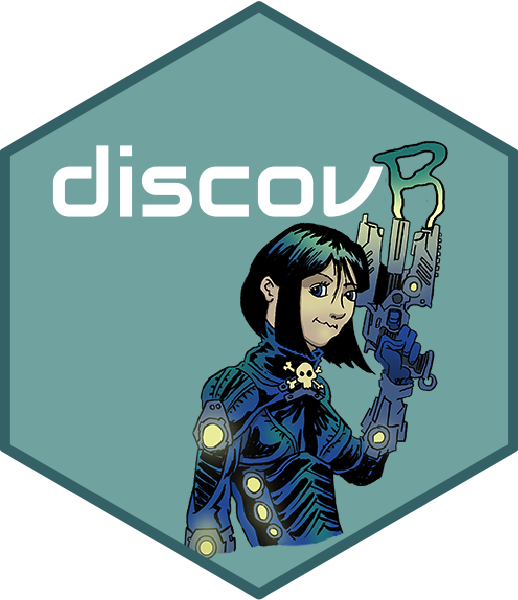
Be a love not a fight
Here’s 7 reasons to ❤️
Transferable skills: is open source and free. This makes learning it a greater transferable skill than proprietary software (such as IBM SPSS Statistics, MPlus, SAS etc..). It’s all very well learning one of these software packages but what happens when you leave university and your new employer doesn’t have a licence for it? A single licence for the most basic version of some of these apps is in the region of £1000 a year. is free. The skills you learn you can take with you into whatever you do after university. For example:
- Google do their analytics using . So, learn and get a job at Google (my friend did!).
- BBC News use to produce their data visualizations. For examples, see these articles on life expectancies and the gender pay gap.
is the most widely used data analysis software: In various reports such as these ones by Rexer analytics is the dominant data analytics software. In the 2015 survey, for example, was the most used software with 86% or respondents using it. IBM SPSS Statistics came second with 29%. It’s particularly interesting (in the context of your employability after university) that is the software of choice for data scientists. With our excellence in methods teaching we want our students to be ahead of the curve, not behind it.
Reproducible science: You may have heard of the reproducibility crisis in Psychology, where apparently well-established effects have failed to replicate. One consequence of this crisis is a drive towards more reproducible science. Part of that process involves analysis that is transparent, documented and reproducible. fits seamlessly into a reproducible workflow. For example, increasingly scientists post their data and analysis code on repositories such as the Open Science Framework and Code Ocean and this will become the norm. If you want a career in science, you are going to have to adopt these practices and fits with this new ethos of reproducibility.
Cutting edge: Bayesian methods are gathering popularity in the social sciences, and we should be routinely apply robust methods to almost all of our data. , because it is open source and contributed to by statisticians working at the cutting edge of statistical methods, keeps pace with these trends. Many proprietary apps have extremely limited Bayesian tools, and implement virtually no robust methods. You can do stuff in that you can’t do elsewhere.
One stop shop: Learning (in most cases) negates the need to use other specialist software (AMOS, MPLUS, comprehensive meta-analysis, etc..). I’ve never found anything I can’t do in - there’s lots I can’t do in other apps
RStudio is cool: if you really start getting into RStudio it can do some fantastic stuff. For example, you can integrate code to analyse your data into a document that formats the results and generates a report for you. You can create presentation slides, web applications, websites, presentations. RStudio uses a form or markdown, which is a widely used lightweight markup language. Using RMarkdown you can write an APA style document within RStudio that analyses your data on the fly and inserts the results into APA style tables. This entire website was written from within RStudio.
Reducing the gender gap in coding: according to a 2015 report by OECD fewer than 5% of girls and nearly 20% of boys contemplate a career in engineering and computing. This gender gap is not driven by a lack of ability but by girls’ lack of confidence in their mathematic and technical skills. Some data suggest that the gender gap is widening with a decline in women majoring in computer science over the past 30 years. Such is the gender gap in coding skills that several initiatives have been developed to encourage women to code, such as Girls who code. A recent report by Accenture and Girls who code suggests that women are more likely to pursue computing and STEM careers is exposed to coding in contexts that interest them and are exposed to female role models who can code. As such, there is a clear argument that on programmes with a predominantly female intake (such as the discipline I work in, Psychology) we have an opportunity to help reduce this skills gap by embedding coding skills within a curriculum that women have chosen to study because they find it interesting.